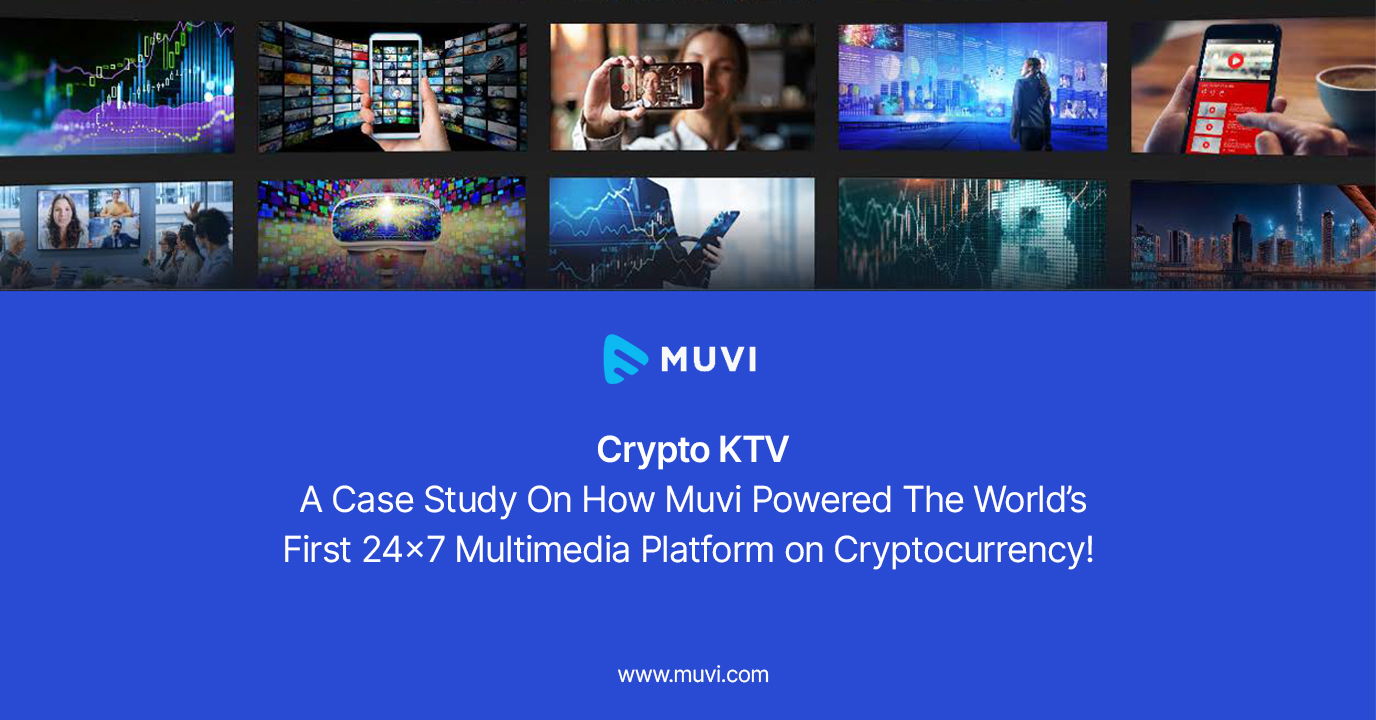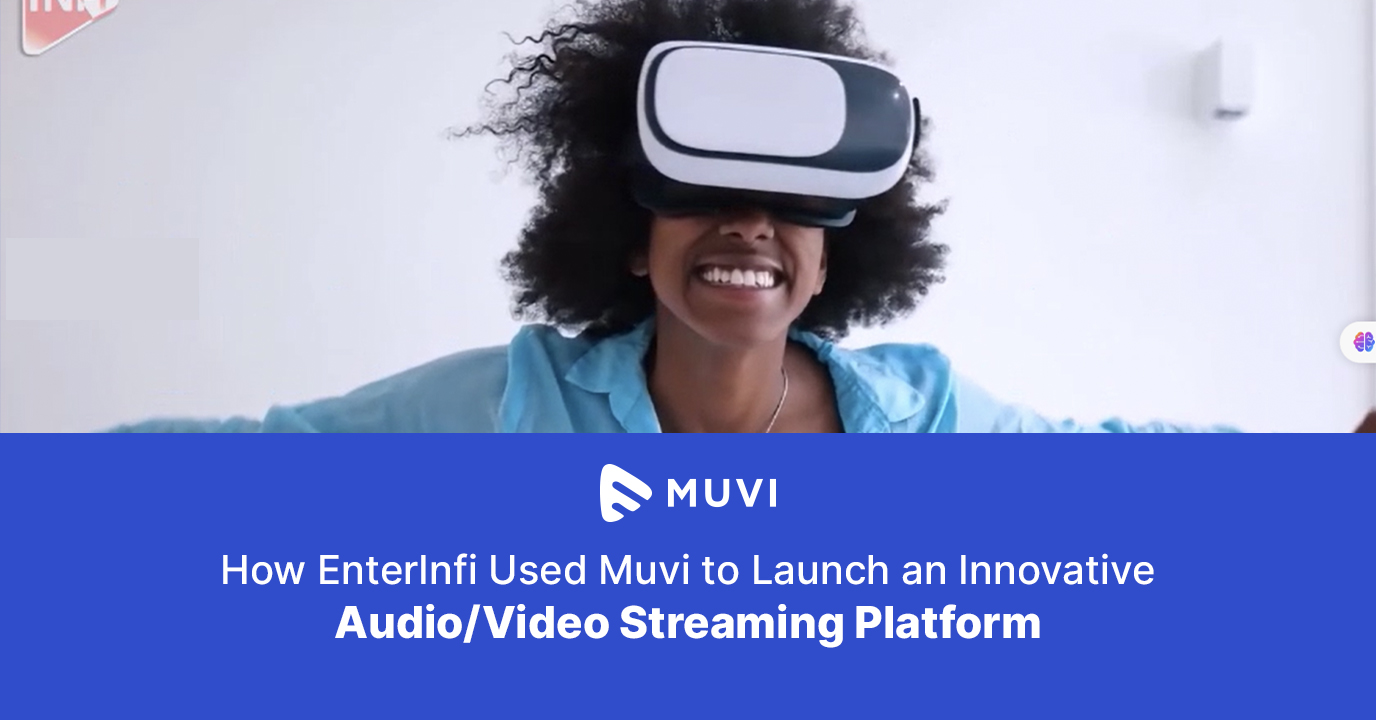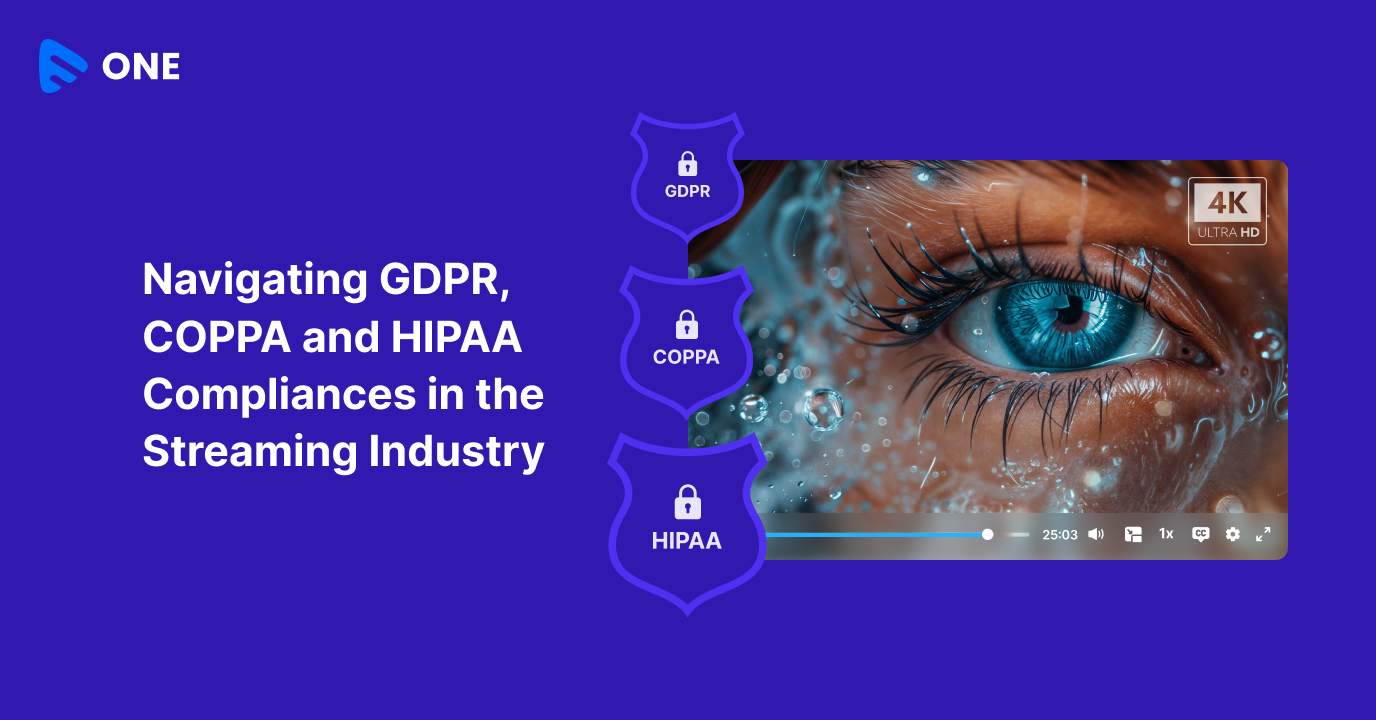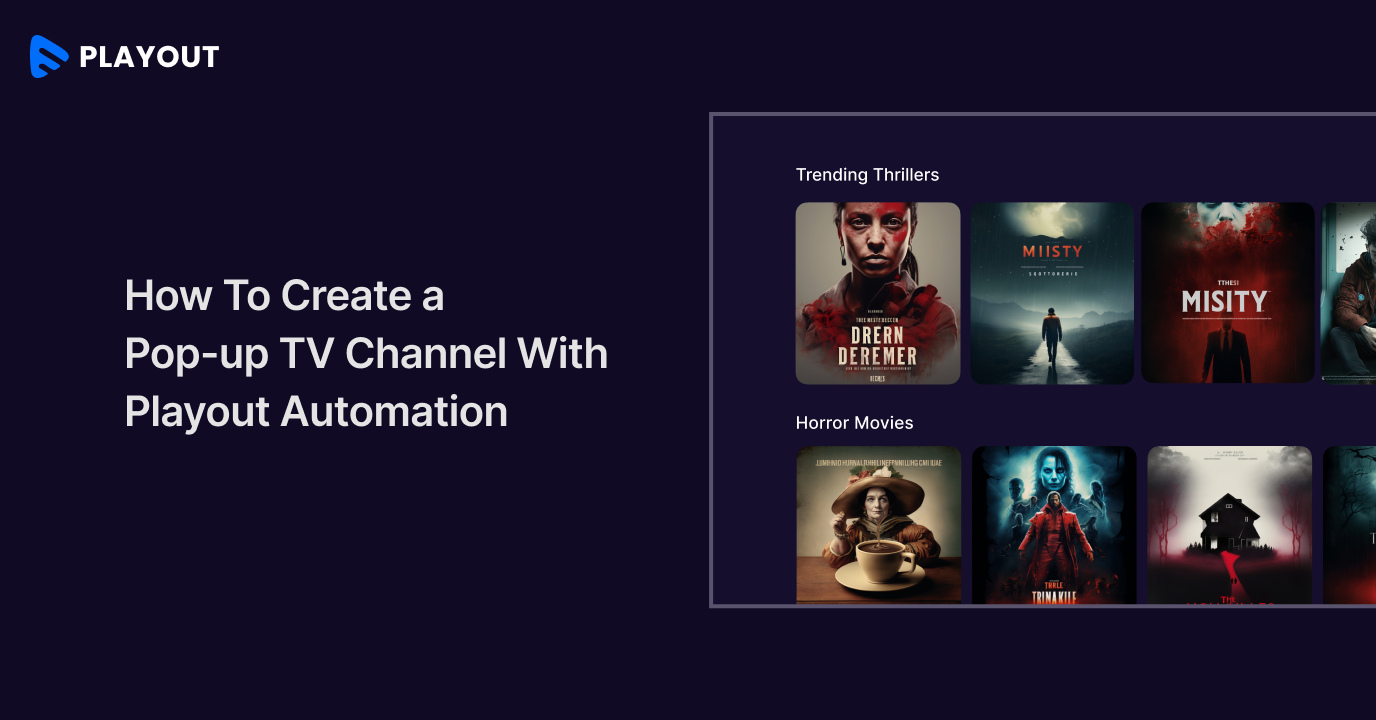Written by: Roshan Dwivedi
The 2015-2016 presentation season draws to a close, you’ve probably heard plenty of industry jargon to go along with all the cocktails and hors d’oeuvres. We’re here to spell it out for you.
First, let’s make a distinction between the upfronts and the NewFronts. The idea of the upfronts goes back to the spring of 1962 when ABC gauged advertiser interest in a slate of new shows to debut that September. The Digital Content NewFronts were first held in 2012 as a means of creating a marketplace for original video content and advertising opportunities. They are managed by the IAB (Interactive Advertising Bureau).
Now to the jargon:
VOD – Video on demand: Distributors make network programming available that can be accessed by viewers on their own schedules.
SVOD – Subscription video on demand: It’s like a VOD service only, but you pay for the programming.
TVOD – Transactional video on demand: The opposite of SVOD, TVOD allows users to pay for an individual program.
OTT – Over the top: This is content that comes from a third-party provider, bypassing a cable operator, satellite or telco distributor. The content can be delivered on an array of Internet-connected devices and set-top boxes, like Roku.
TVE – TV everywhere: Authenticated subscribers watch TV content on connected devices wherever and whenever. The content is available inside and outside the home, primarily via live streaming simulcasts. Pay-TV distributors are bolstering their investments in hopes of keeping customers from cutting the cord.
MVPD – Multichannel video programming distributor: This service delivers video for a fee. In many cases, cable and satellite providers charge MVPDs to carry their programming.
MMDS – Multichannel multipoint distribution service: Also known as wireless cable, the service provides content—free over-the-air, pay tv, or Internet video—using microwave transmissions.
Programmatic – Part of the digital publishing and mobile worlds, programmatic is in its nascent stages in the TV ad community. Although questions abound when it comes to its impact on pricing and traditional means of transacting business, programmatic aspires to use data-driven automation to optimally match targeted inventory against highly specific audience groups.
Addressable – Tapping live, local inventory from cable operators and other distributors, marketers can deliver specific ads reaching targeted households based on income, ethnicity and progeny, rooted in set-top-box data.
Linear – This is TV as it was known before the digital age. Linear programming exists for viewers to watch at a scheduled time and on a particular channel.
Read the entire story here.














Add your comment